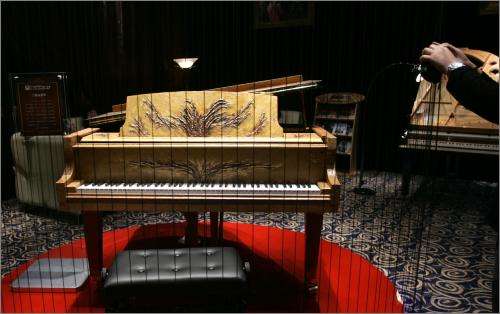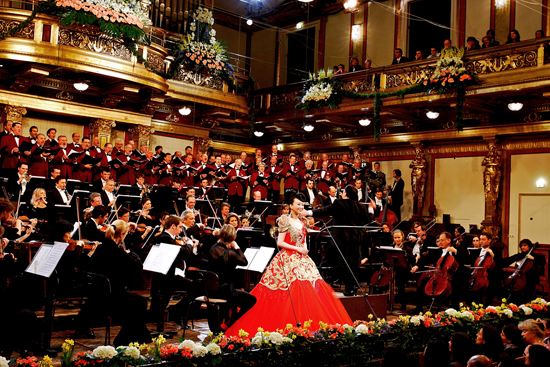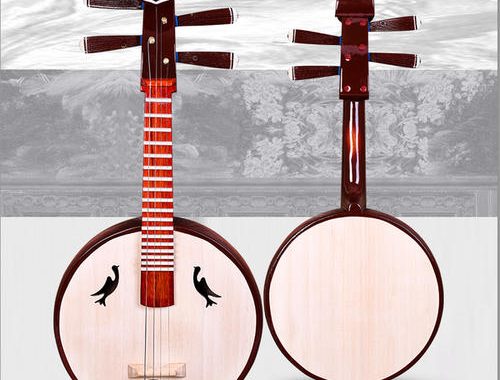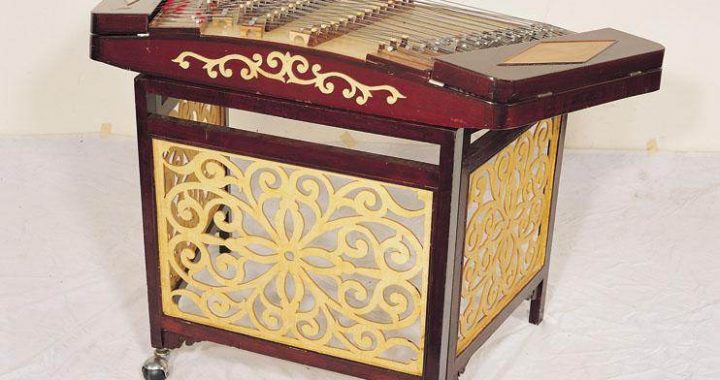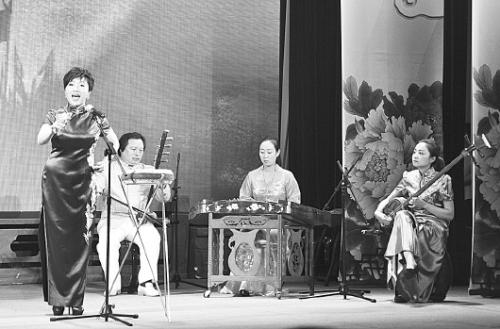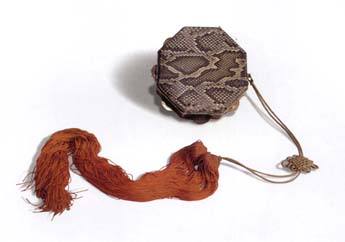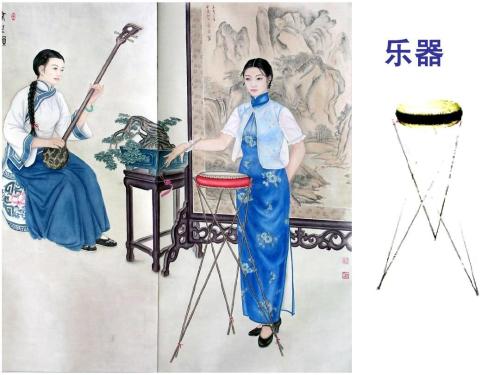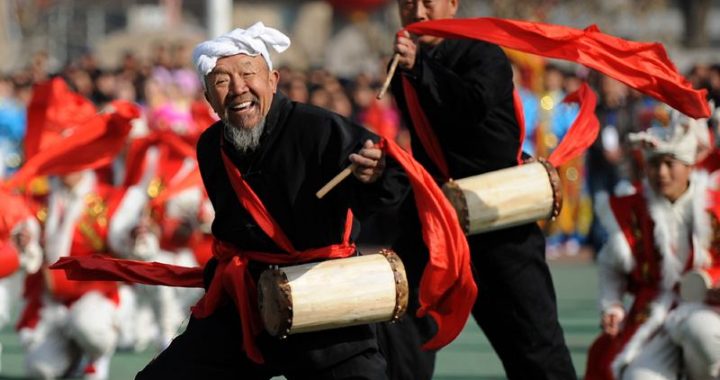Stone carving of Zaju opera performance
2 min readfrom Guangyuan, Sichuan Province In addition to drums, clappers, and transverse flutes, traditional opera of the Song-yuan period also utilized the luo (gong), a uniquely Chinese bronze percussion instrument. A bronze luo dating from the early Han Dynasty was recently discovered in Tomb One at Luobowan, Gui County, Guangxi Province,indicating that this instrument has been in existence for over 2000 years. With the development of diverse types of traditional Chinese music and opera, use of the luo expanded throughout China and numerous different sizes and styles emerged. The luo has a circular, convex body, with a raised protuberance known as luoguang or luoqi in the center. The large luo is played by striking the central area with a stick, produc-ing a deep and resonant tone, while the small luo is struck with the edge of a wooden wedge to produce a bright, comical tone. This instrument does not have a distinct pitch. The luo is used extensively in folk cel-ebrations and traditional opera ensembles to heighten the mood or to indicate anticipation or anxiety.
A stone carving of a Zaju opera performance dating from the Song Dynasty, found in a tomb located in Guangyuan, Sichuan Province, portrays a musical ensemble consisting of sanxian (three-string lute),paiban (wooden clappers), and shougu (tambourine). The sanxian is a plucked string instrument with a long neck and three strings. The Song Dynasty sanxian is essentially the same as today’s instrument.
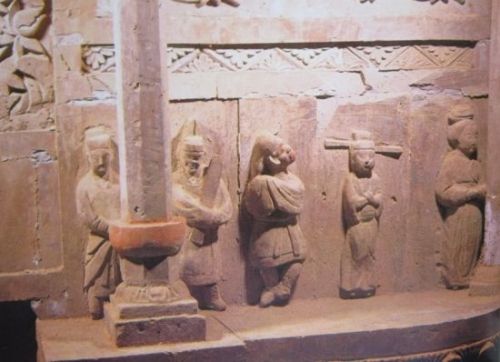
The body is made of high-quality wood, and the spade-shaped head is often decorated with bone inlay or carving. The front and back of the soundbox are covered with snakeskin. The strings are tuned an octave and a fourth or fifth apart, and the instrument has a total range of three octaves. The left hand presses the strings on the neck, while the right hand strums with the fingers or a pick. The sound of the sanxian is upbeat and comical. The traditional sanxian comes in large and small sizes. It is used to accompany vocal entertainments and various types of regional opera, as well as in instrumental ensembles.
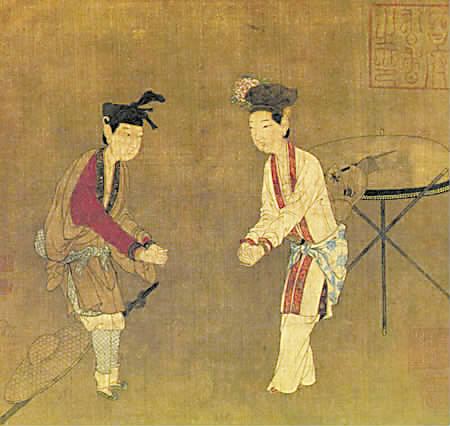
The Song-yuan period also saw the emergence of a number of other characteristic instruments, including thefangxiang (xylophone) and the huqin (two-string fiddle). Thefangxiang consists of a set of iron bars, tuned to graduated pitches. Its tone is bright and carrying, making it an excellent melodic instrument. The huqin is the precursor of Chinese bowed string instruments. Today, the huqin has developed into a large family of fiddles, and remains the primary bowed string instrument of traditional Chinese music ensem-bles. Most of the musical instruments that were popular during the Song-yuan period have been passed down over the ages and are still played today.
